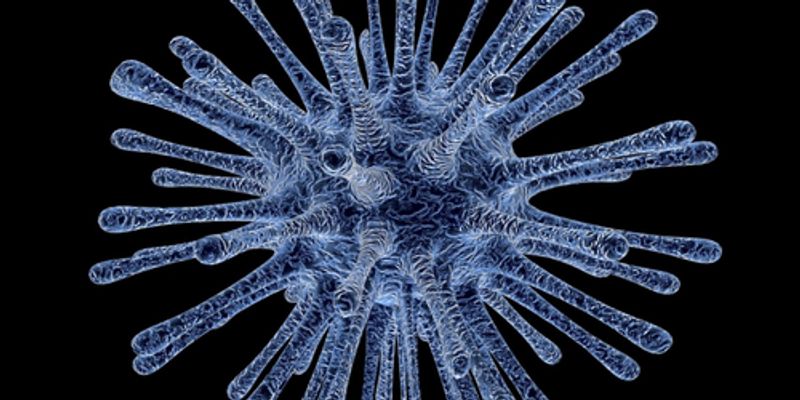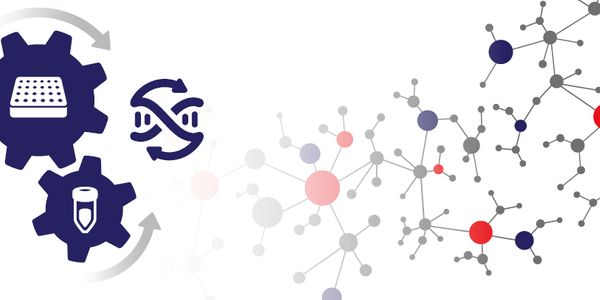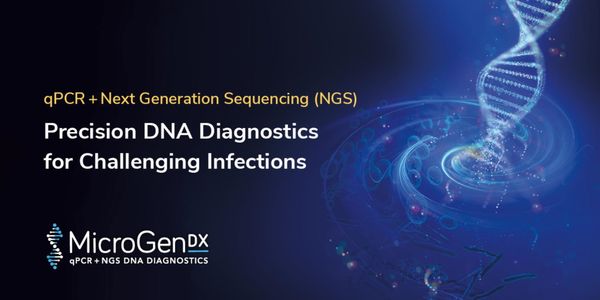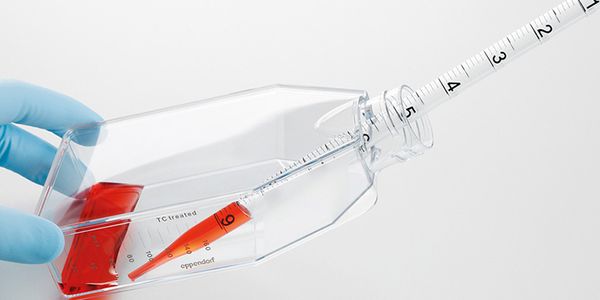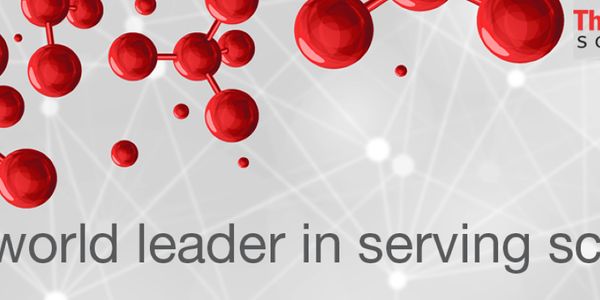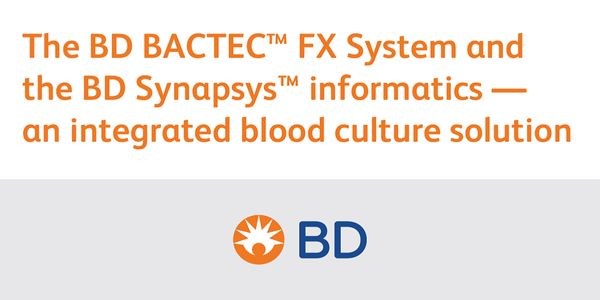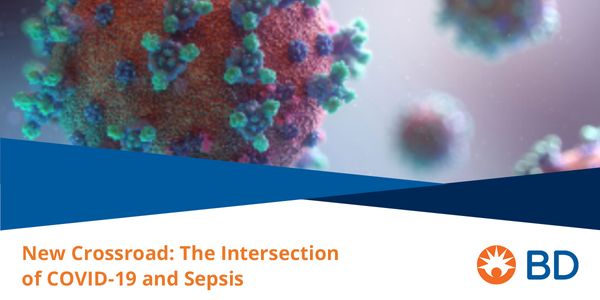Science of Infectious Disease
An infectious disease can be defined as an illness due to a pathogen or its toxic product, which arises through transmission from an infected person, an infected animal, or a contaminated inanimate object to a susceptible host. There are several scientific practices in place to identify and/or treat an infectious disease.
-
OCT 22, 2020 | 8:00 AMAbstract: Detection and/or amplification of target DNA sequences by polymerase chain reaction (PCR) is a prevalent method in molecular biology. PCR has a broad range of applications, includi...OCT 09, 2020 | 8:00 AMDATE: October 09, 2020 TIME: 08:00am PT Traditional culture techniques, as the primary diagnostic tool for infectious diseases, are coming under scrutiny for failing to universally detect in...Speaker: Joseph John, Jr., MD, FIDSA , Michael Schmidt, Ph.D. FAAM, FACDSponsored By: MicroGenDXOCT 08, 2020 | 7:00 AMDATE: October 8, 2020 TIME: 7:00am PDT, 10:00am EDT, 4:00pm CEST How often do you pipette in your cell culture lab every day? Usually, we do it so often that we tend stop thinking about ho...SEP 24, 2020 | 10:00 AMDATE: September 24th, 2020 TIME: 10:00am PT Abstract body Learning Objectives: Review biochemistry and kinetics of PCT in primary and secondary bacterial infection Analyze PCT as a biomarker...Live-cell barcoding with Cd-CD45 antibodies 4:00–4:30 pm PDT Michelle Poulin, PhD Creating CyTOF panels just got even easier: Panel Designer 2.0 4:30–5:00 pm PDT Kevin Brown, PhD...Speaker: Michelle Poulin, PhD , Kevin Brown, PhD , Noah Saederup, PhD , Andrew Quong, PhDPresented at: 9th Annual Fluidigm Mass Cytometry Virtual Summit
SEP 23, 2020 | 10:00 AM
DATE: September 23, 2020 TIME: 10:00am PT, 1:00pm ET Diagnostics, particularly blood cultures, play a key role in sepsis diagnosis. Best practices are well-known for collection, transport, a...
Live-cell barcoding with Cd-CD45 antibodies 6:00–6:30 am PDT Presented By: Michelle Poulin, PhD Creating CyTOF® panels just got even easier: Panel Designer 2.0 6:30–7:00 am P...
Speaker:
Michelle Poulin, PhD
, Kevin Brown, PhD
, Noah Saederup, PhD
, Andrew Quong, PhD
Presented at: 9th Annual Fluidigm Mass Cytometry Virtual Summit
...
Speaker:
Chris Linthwaite
, Andrew Quong, PhD
, Alex Cherkassky, PhD
Presented at: 9th Annual Fluidigm Mass Cytometry Virtual Summit
T cells are the adaptive immune system’s first responders to any virus, circulating in the blood to detect and quickly multiply to attack the virus, and also support the development of...
Speaker:
Sean Nolan
, Patrick Raber, PhD
, Thomas Snyder, PhD
The COVID-19 pandemic has resulted in demand for population scale pathogen screening. The most sensitive and reliable method for detecting SARS-CoV-2 remains reverse transcription PCR (RT-PC...
Richard Hughes: New immunogenicity strategies to meet the needs of a developing pandemic Shortly after the COVID-19 pandemic began, the subject of serological testing for anti-viral antibodi...
Speaker:
Russell Garlick, PhD
, Richard Hughes
, Joel Lefferts, PhD, HCLD, DABCC
Severe Acute Respiratory Syndrome Coronavirus 2 (SARS-CoV-2) is the cause of Coronavirus Disease 2019 (COVID-19) and responsible for the current pandemic. Here, we present an in-depth study...
Therapeutic antibody can provide key protection or lifesaving treatment for those who haven't been or can’t be vaccinated, or when vaccines don’t “take". We galvan...
